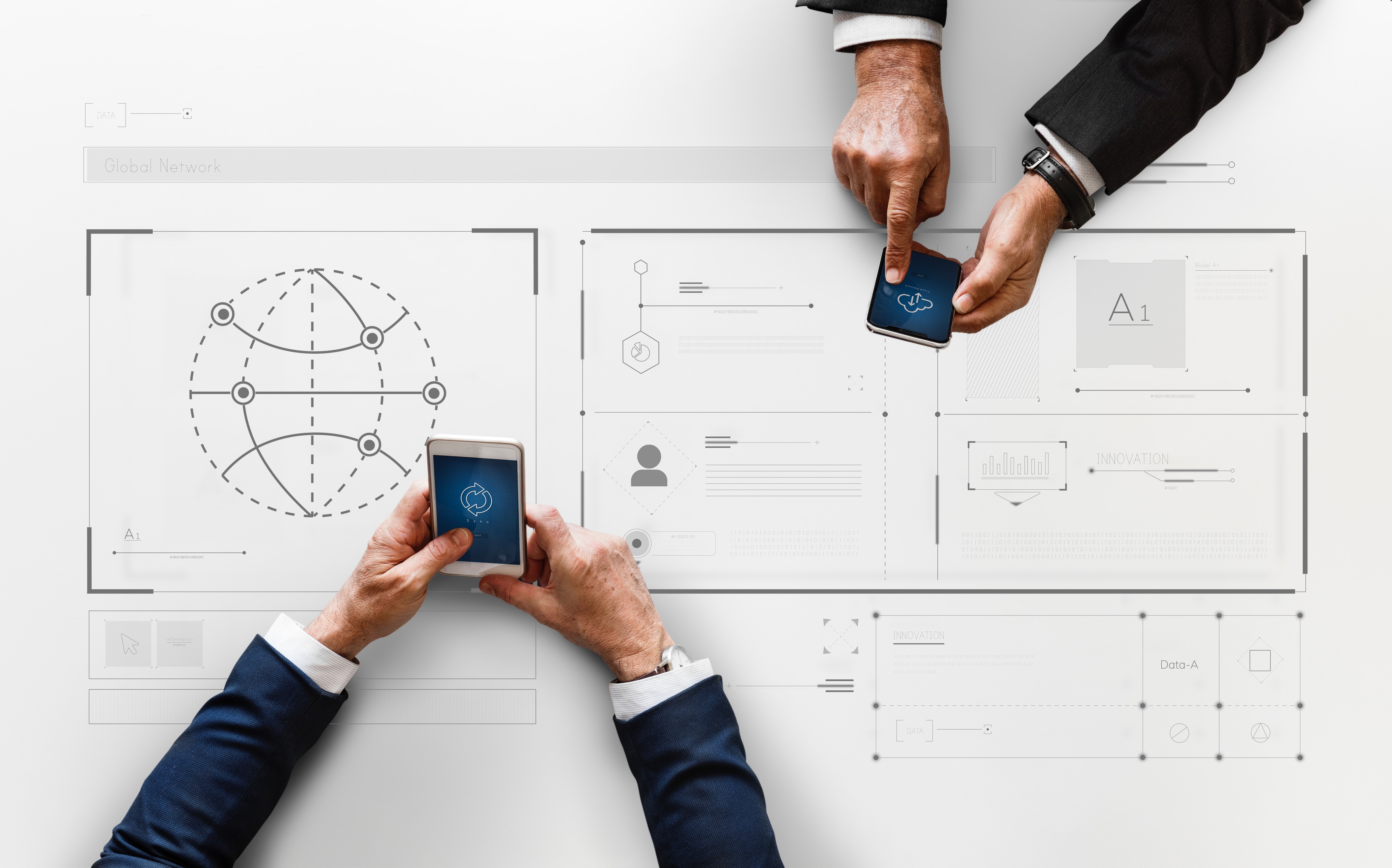Cloud Access Control Systems Vs. On-Premise- Which is Better?

What is a cloud access control system?
Well, it’s an access control system that has the capability to store, manage, and process vast amounts of data digitally in third-party data centers, making it accessible anytime, anywhere, from any connected device.

Cloud Access Control. That Delivers.
Features for a safe and secure environment
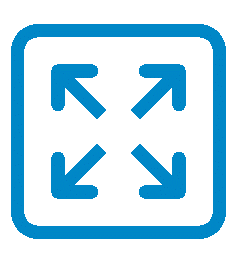
Scalable
With the constant change in security requirements, the platform can quickly scale up from one door to global enterprise environments, meeting the high demanding requirements of the fast-growing organizations.
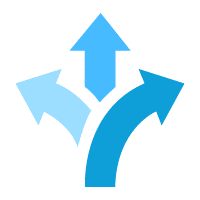
Flexible
Quick response to evolving needs of the organization and adapt to their existing or newly built IT infrastructure. Our door controllers makes system design and implementation easier than ever.

Reliable
Backup data in case of system failure or internet goes down. The Cloud not only automatically updates the data as you work, but also create backup to keep the data safe from any local natural disaster, theft or malfunction.

Secure and Encrypted
Capable to open and close doors remotely. Proving a much-secured system compared with on-premise.

Simple Management
Easily managed directly from the cloud. No cost involved to maintain local servers and software. Build in managed identity to easily create or sync user accounts across applications and projects. Cutting edge technology control single-door access to enterprise-wide installations.

Smart Integration
Simply incorporate with new security services to other used applications (called API) such as video surveillance and Works seamlessly with G Suite, Office 365, and many more, that connect your digital businesses to the physical world saves time and resources.
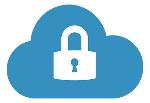
Security and Compliance
Security and Compliance is a shared responsibility between cloud platform and the customer. The data is secured in encryption layers and ability to update or delete the access right and update the system from anywhere anytime. For greater security, notifications or alerts are sent to the authorized person if an employee or individual attempts to access an unauthorized area. Reporting and transferring data becomes lot easier with cloud systems.

Real Time Visibility
Monitor the entry and exit from anywhere instantly. Real time notifications are sent to alert for unsafe behavior like glass breaking or any door left open. You can see who enters or tampers with your location in real time and take corrective measures immediately

Automation
Automatic software update with no loss of time, thus increasing the productivity.

Reduced Cost
As compared to on premise systems, there is no hardware cost involved, thus reducing the fixed cost of a company and instead increasing the company’s bottom line.
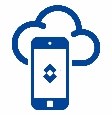
Mobile First
With the growing demand of mobile users, accessing information from mobile is becoming more and more pronounced. Mobile App takes the place in the world giving customers more leverage to lock or unlock door access and distribute credentials.

High Coverage
Limitless geographical access from cloud and instant alert to authorized person regardless of the time zone is a huge advantage.
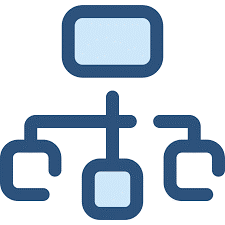
Intuitive Interface
Advanced software design with latest technology and accessed remotely through a centralized system.
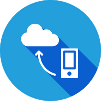
Synchronized data
Sync makes it easy to store, share and access data from anywhere. It protects your confidential data with end-to-end encryption — ensuring that the data in the cloud is safe, secure and 100% private.

Increased collaboration
More efficient work flows such as team collaboration based on user role without losing control. Instant access to data, no matter where the team is located.
Why some end-users are afraid of cloud access control systems?
What happens if the Internet goes down?
In the case of your local internet going down. All devices (proximity card readers or door controllers) will be held in what’s called ‘Local Mode’. So, all of your last group permissions, key settings and security will be saved and fully operate while there is no internet connection.
What happens if there is a power outage?
The entire access control system (if properly designed) should rely on a UPS (uninterruptable power supply) which prevents systems from failure and allows continuous operation of all card holders to enter/exit doors.
Is it safe to secure the physical entry system credentials in the cloud?
It doesn’t matter if it’s door access control, customer information or financial records the reality that 256-bit encryption is far more secure than an on-premise server.
Will the data be accessible at the right time?
Service providers of cloud know that it is a key factor, so they work hard to make your data accessible from anywhere at anytime and on any device. Cloud-based access control is not any different than other business cloud applications such as Salesforce, Intuit or Google Drive. These applications allow you to access your customer records, submit invoices or share documents from any device, anywhere you are.
Is cloud more expensive than an on-premise setup?
Cloud is cost effective than an on-premise setup. On-premise servers require expensive anti-virus software and routine manual hardware maintenance. The cloud is different because it eliminates any human effort from maintain servers and creates freedom of the on-site IT staff to focus on other areas of importance.
Cloud vs on-premise access control, which is a better option?
Below are some of the key differences – Cloud vs On-premise Access Control that helps you to make a choice
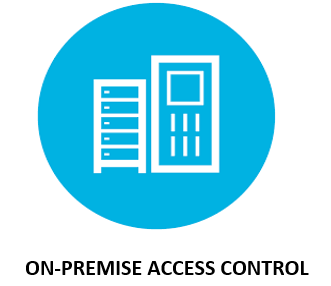
DEFINITION
COST
- Predictable costs over time.
- No additional hardware investment (e.g., server infrastructure and maintenance).
- Low upfront investment because the cost from a service is cheaper initially.
- Clouds software has low cost of entry, only pay for the resources consumed.
- Overall cost effective.
DEPLOYMENT
SECURITY
- Data security is in the hands of the vendor.
- Can be highly automated.
- Interconnected API driven security tools.
- Shared Security responsibility.
- Data is backed up automatically (which is known as a “cloud sync”).
ACCESSIBILITY
CUSTOMIZATION
- Offers greater stability and continuous updates from vendor as a result of less customization.
- Organizations can work with vendors to see what changes can be made.
PERFORMANCE
IMPLEMENTATION
DEFINITION
COST
- Reduce initial price of system.
- Required to pay additional associated hardware, power consumption, space and IT costs.
- Upfront investment can be risky.
- Higher cost due to higher fixed cost of setup and appropriate hardware needs to be purchased to run the software.
- Overall more expensive.
DEPLOYMENT
SECURITY
- Data security is in the hand of the organization.
- Supports less automation.
- Disconnected security tool.
- End-to end security responsibility.
- Responsible to backup data manually. Should ensure updates, and other routine maintenance are done and are applied to servers or software for smooth functioning of the system.
ACCESSIBILITY
CUSTOMIZATION
- More customization but can delay implementation time.
- It can result in headaches when vendor update software.
PERFORMANCE
IMPLEMENTATION
Ultimately, the decision to go with cloud access control vs. on-premise is up to the end-user’s operations which may relate to the supported equipment (servers) the IT team already manages and how this system would be classified. Alternatively, if your business is very familiar with cloud hosted services, this experience with the security aspect and user interface would be a natural fit for cloud hosted access control systems.
Potential Limitations of Cloud Access Control
- Lack of communication between hardward contontrolers when off-line (system settings would stay current in this event)
- Lack of Anti-Passback or Global Anti-passback capabilities (you may be restricted to In-Readers only)
- If you demand robust mustering reports to define who is currently on-premise this maybe a limmitation of some cloude access control platforms.
- Lack of 3rd party integration with PoE Readers or Video Management Systems
Solutions that fits Your Business Needs
Increased ROI
Cloud platform support more flexible subscription models that optimizes cash flow. The customer pays based on the usage. No additional cost involved in hardware, software or maintenance. Companies that have seen high ROI from their cloud implementations delivering a cohesive solution applicable to application and cloud-based services with a centralized access control system making it accessible to vender, partner and customers anywhere and anytime. “Mobile First” involves a significant ROI, enabling developers to create, deploy, manage and secure mobile cloud-based applications and customers to retrieve information from mobile.
Reduce in-house IT workload
Cloud access control systems cut out the high cost of hardware and software involved in an on-premise access control system. It offers faster, flexible, more technical, secure and simpler scaling for many workloads and implementation scenarios. They have no physical servers and hence no workload to update, maintain, patch between the ports, resulting in reduced IT operating cost. As a result, companies are both building new applications and analytics capabilities in the cloud and starting to transfer the existing workloads and technology stacks onto cloud platforms.

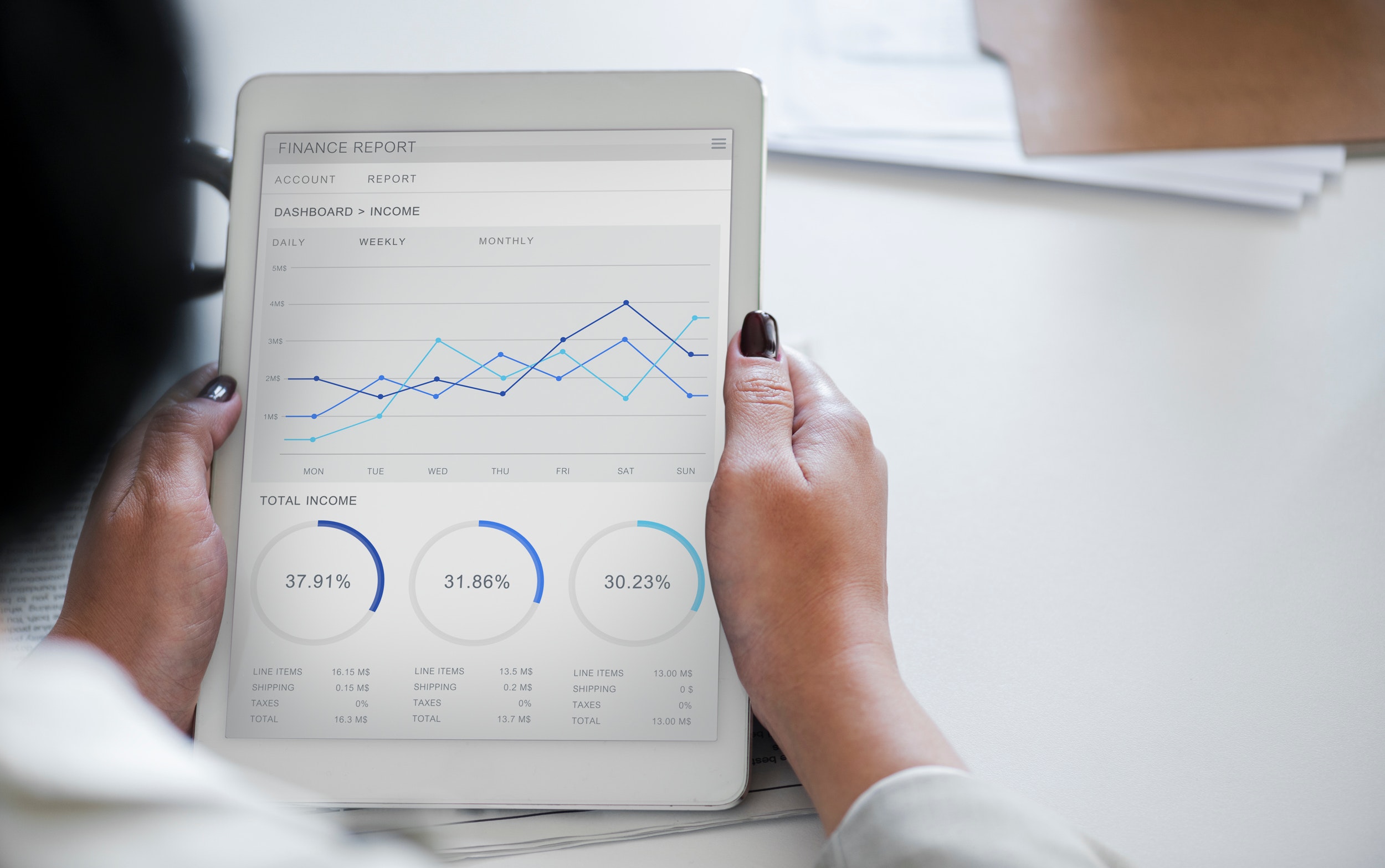
Better performance
Cloud improves customer performance, minimizes loss of inventory, ensure efficient safety and security, reduces IT infrastructure and operating costs, and streamlines operations by empowering business owners to make informed, real-time decisions –from anywhere and at any time. Mass notification adds more value to the cloud-based system.
Faster Deployment
Simple incorporate with multiple systems, devices and applications (called API). A single click process does it all and initiates the deployment. The cloud can save you much time, effort and expense.
